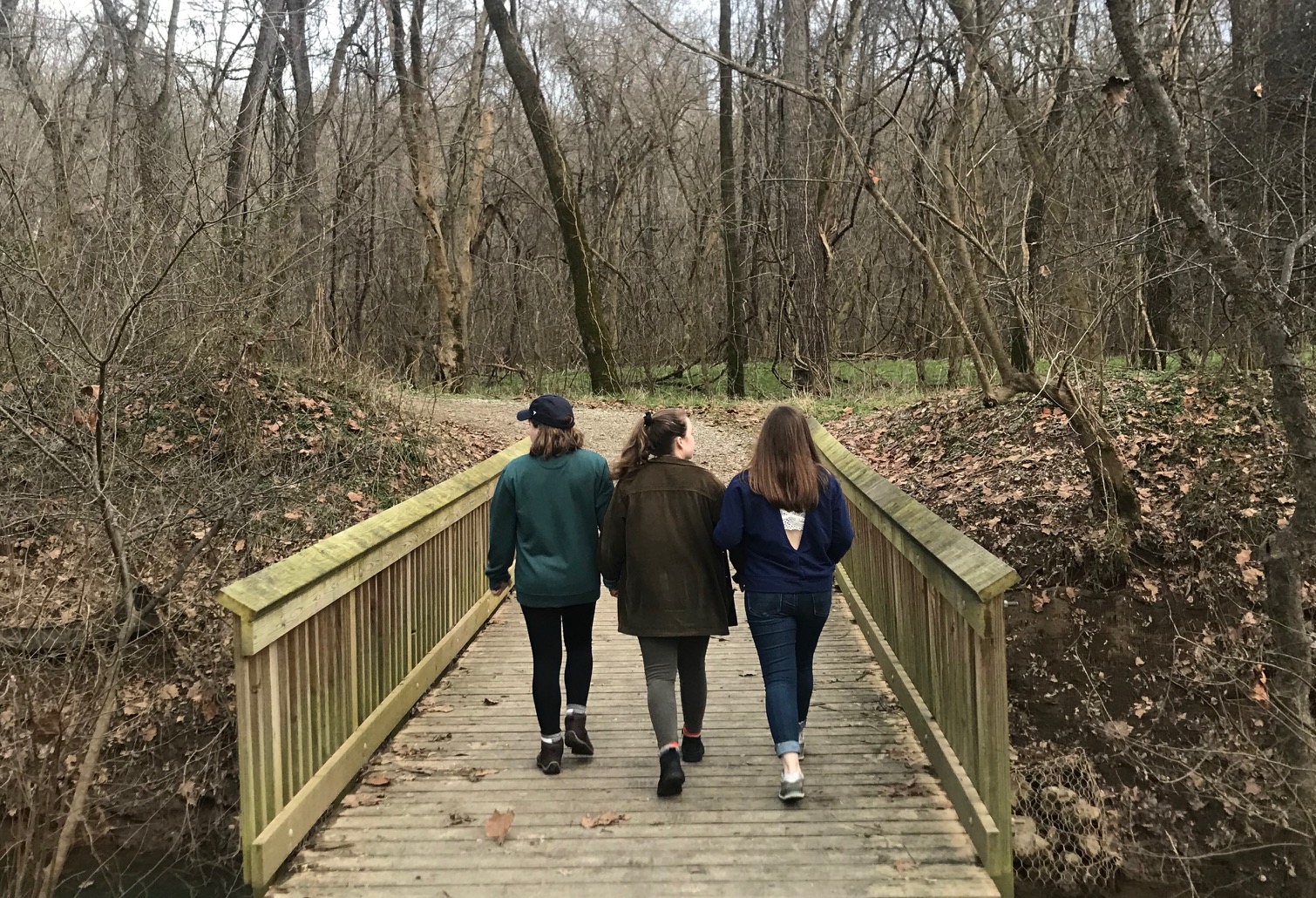How can someone so smart be so damn stupid?”
My mother hugged me tightly and didn’t let go. When the hug lingered longer than usual, I knew she had picked up the smell of cigarettes in my hair.
I had just arrived home for winter break of my junior year of college. Two months before that night, I had smoked my first cigarette. Within a few weeks, I was smoking close to a pack a day. An ex-smoker herself, my mom had quit cold turkey ten years before; she knew exactly what she was talking about when she called me stupid.
I smoked for eight years and endured all the usual judgments and criticisms along the way from family members, friends, and co-workers who didn’t smoke. Of course, they were all valid: it’s dirty; you’re killing yourself; it’s expensive; it stinks.
I’m a big believer in learning from mistakes. When I became a parent, I made sure my kids knew about my past as a smoker so they would understand what a dangerous and stupid habit it is. It was not only important for my children to be aware that they had inherited the genes of a woman who was prone to addiction, but I also wanted them to know that their mother had beat it.
The groundwork I carefully laid did not allow for my kids to have even an ounce of compassion for smokers. I recall thinking I may have gone overboard when my youngest became that kid who waved her hand in front of her face or held her nose when we were near a smoker on the street. Our first and only trip to New York City when she was six years old did not go well at all. There was no way any of my kids would smoke cigarettes.
I remember the first time we saw someone vaping in public. We were at a Richmond Kickers game at City Stadium. A guy in his twenties sat in the bleachers a few rows in front of us putting what looked like an oversized pen in his mouth.
“What’s he doing, Mommy?” Lindsey whispered in my ear.
To be honest, I wasn’t sure, but it worried me even then. Whatever he was doing, it wasn’t gross or dirty, and this young man didn’t look embarrassed or anxious about smoking in public. He looked cool and very confident. And Lindsey was not holding her nose.
A decade later, more than 2 million middle school and high school students are e-cigarette users, far surpassing the number of traditional cigarettes users. JUUL, one of the most popular vaping devices for kids, uses dessert-, mint-, and mango-flavored pods. It looks like a flash drive and can be charged in a USB port. JUUL delivers a lot of nicotine with every rip, which means it’s extremely addictive. The amount of nicotine in a JUUL pod is roughly equal to the amount of nicotine in a pack of cigarettes, or about 200 puffs, according to the JUUL website. And nicotine is just one of many dangerous chemicals invading the lungs and brains of our children when they vape.
And there’s this: In a recent study out of Duke University that looked at young people ages eighteen to twenty-five, it was discovered that students with ADHD are even more likely to get hooked on vaping the very first time they try it. Apparently, the effects of nicotine on the brain are just like ADHD meds – increasing focus for the user – so the brain is even more stimulated by vaping.
The bottom line? All of this is bad news for children’s mental and physical health when we know that today, more kids are engaging in risky behaviors and experimenting at even younger ages. For many kids – some of them in elementary school – that first time is all it takes.
This means families have to talk about the dangers of vaping when their kids are even younger. Especially if you don’t smoke or vape and never have. It’s proven that parents can be the greatest influence on their children’s decision to avoid risky behaviors. Kids whose parents talk to them about not smoking or vaping are significantly less likely to smoke or vape.
Be on the lookout for ways to start a conversation about not vaping. Shopping together? Discuss the price of JUUL, NJOY, and other e-cigarettes and pods kids are buying. If your son is going to a party this weekend, ask him who will be vaping. If your daughter is talking about the rules her coach has announced for the team – “no one can go to her car after school and before practice,” for example – discuss the reasons for those rules.
For me, “just one cigarette” to stay awake during an all-night study session more than thirty years ago turned into a pack-a-day addiction in a matter of weeks. To this day, I consider becoming a non-smoker the single, most arduous challenge I have ever undertaken. The word brutal comes to mind.
As a mother, I will do everything in my power to keep my daughters from smoking and vaping. That includes telling them how stupid I was to smoke that first cigarette and how incredibly difficult it was to quit eight years later. I will tell them this because it’s important to talk about smoking and vaping with your kids, even if you don’t use nicotine (and never have), because trust me, many of their friends do.
You know your child better than anyone, so it’s up to you to decide which messages about vaping might make a lasting impression. But do talk to your kids – because whatever you say today might help them have an addiction-free tomorrow.




